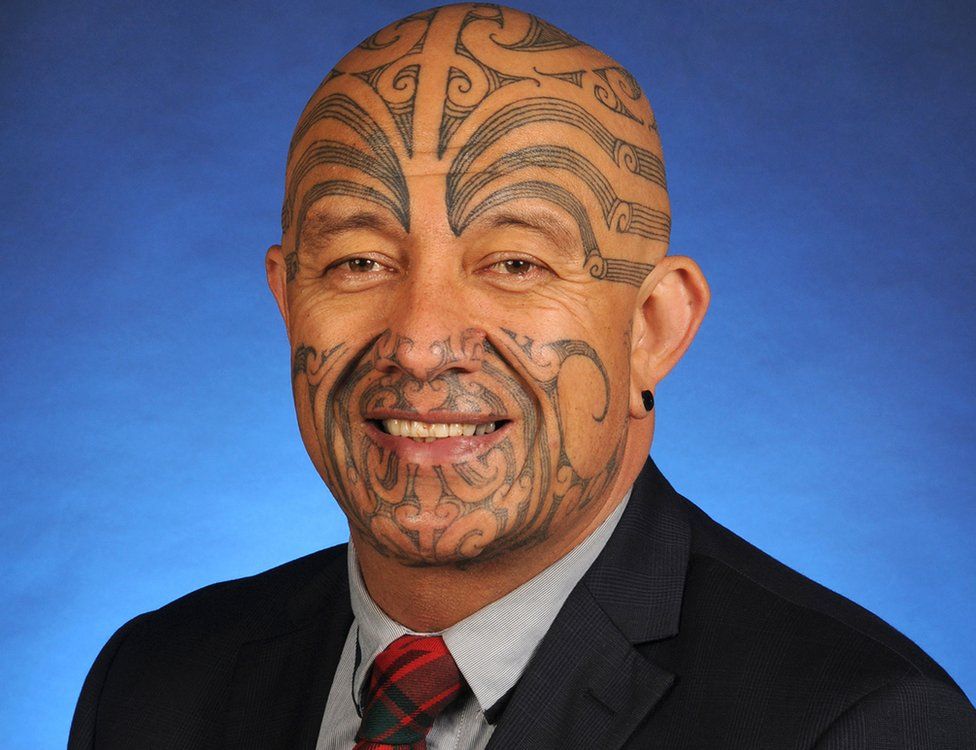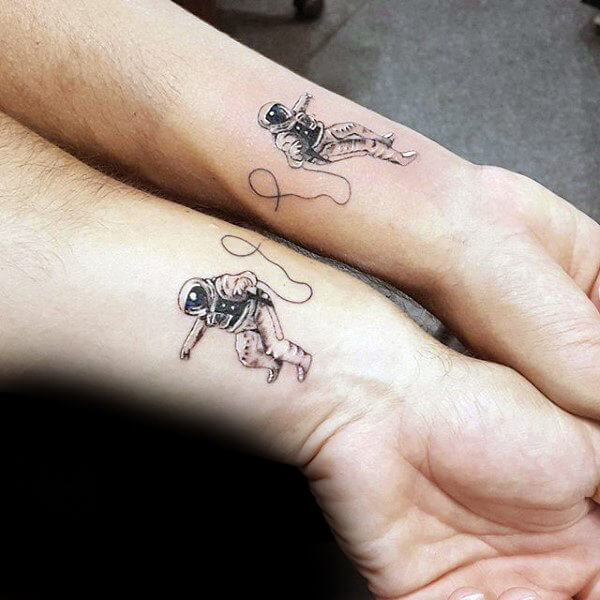
Maori culture holds that the face is considered the most sacred part of their body, and tattoos were used as symbols to signify rank, social standing, power, and prestige. Maori have been wearing moko pau or facial tattoos for over 1,000 years as a way to mark status, genealogy, tribal history, and marriage eligibility.
Origins
Maori face tattoos have existed since ancient times and were an integral part of their culture. A person with a Maori tattoo had higher status in society than those without one, and they served as symbolic representations of strength and bravery. Chiefs and warriors were incredibly honored with tattoos as a sign of status. Maori believed that the head was the most promising part of someone’s body, so it was necessary to cover it with tattoos for protection.
Maori face tattoos were a form of decoration used by chiefs and warriors as an intimidating weapon against enemies. These inked individuals often featured scarred faces covered with masks for concealment. Maori culture was only complete with other decorations. Moko, or tattoos, were famous for men and women to decorate their faces with black ink designs and symbols. For example, the moko was symbolic of a woman’s extended family. It symbolized strength and resilience that could help her conquer any challenges life presented her way. Furthermore, the moko illustrated a woman’s mana (inherited elemental power). This is an essential aspect of Maori identity and culture.
Maori face tattoos have become popular among those looking to express their heritage and cultural pride. Recently, these tattoos have caused controversy due to their application on non-Maori people by non-Maori artists. Social media platform Snapchat recently removed a feature that allowed users to apply traditional Maori tattoos on their faces. The filters were taken down after the company received widespread criticism for promoting these tattoos.
Maori Face Tattoos: History and Symbolism
Maori tattooing has a longstanding tradition that dates back to 3300 BC. New Zealand’s Maori people were pioneers in modern tattooing, with some as old as 3300 BC!
Symbolism
Maori face tattoos are highly symbolic and hold great cultural significance. These designs are worn by tribal men and women alike, often created by a specialist artist known as a tohunga. These artists possess extensive expertise and knowledge about the culture.
Maori culture considers tattoos sacred, signifying pride, dedication to the culture, and personal history. You may see these designs on tribal men’s faces, buttocks, thighs, or arms.
Ta moko, or intricate designs, was a longstanding art form in New Zealand before European explorers arrived. These elaborate creations symbolized rank, social status, power, and prestige – the higher someone’s rank and social standing, the more intricate their moko would be.
Maori people often opt for moko tattoos to demonstrate their devotion to culture and family. It serves as a lasting reminder of their accomplishments in life. Another famous symbol in New Zealand is the koru, or spiral-like shape, symbolizing growth and harmony. This design draws inspiration from a fern leaf that has yet to unfold fully. This motif is quite common throughout New Zealand and holds significant symbolic meaning. Couples will especially love this tattoo, as it symbolizes how two lives become one and are interwoven. Even when apart, your paths will still cross again and again.
Maori face tattoos come in various styles, each with its significance. Popular choices include the single, double, or triple twists and Hei matau (fish hook). These twists symbolize life and eternity, similar to the Western symbol for infinity. Double and triple twists are trendy as symbols of the eternal marriage between two people or cultures, togetherness, and support during life’s ups and downs. Another popular design is the ta moko (head tattoo), symbolizing rank and power in Maori culture. It serves as a signature feature of a chief or warrior and represents protection and the capacity for conquering enemies.
Techniques
Maori have tattooed their faces for thousands of years to enhance facial features while telling a story about their history. Additionally, these designs served as a way for the Maori to display their status and power.
Maori face tattooing was traditionally a laborious but highly symbolic and meaningful art form, which is why so many people still appreciate them today. Maori tattooing differed from modern methods; rather than using needles to carve their designs, they used chisels or knives instead. While this method of tattooing was much more painful than current approaches, it proved highly effective nonetheless.
Maori face tattoos were achieved by dipping the chisel into a jar of pigment and striking deep cuts in the skin, which caused them to heal with grooves instead of smooth surfaces. While this was tedious work, it was necessary for creating unique designs and patterns that set them apart from their peers.
When designing the tattoo, a Maori artist carefully examined each person’s face to create an art piece highlighting each person’s features. Depending on the individual, This could take several days to weeks or even months.
On the skin, tattoo ink was applied and made with Carui gum and dye from other plants. Finally, oil was mixed into the ink for better adhesion to the skin and longer-lasting tattoos.
This laborious process took hours, yet it was an integral part of Maori culture. Some believed that people’s face was the most sacred part of the body – thus why many men had their entire faces tattooed while women typically only got their chins and lips inked.
Additionally, they’ve started teaching non-Maori how to perform ta moko, and other designs so more people can experience this beautiful art form. While some Maori people are outraged that Westerners can now access these ancient techniques, others are delighted that their culture is being preserved.
Pricing
Maori face tattoos are body art that appeals to both men and women. These traditional features of Polynesian culture serve as protection and an excellent way to show off your style and individuality.
Maori people of New Zealand have always held the head to be one of the most sacred parts of their body. That is why men typically get full facial tattoos while women only cover areas around the chin, lips, and nostrils with ink.
Maori face tattoos can be an excellent way to express your individuality and identity, but you should first comprehend the significance behind this tradition. When searching for a Maori artist specializing in this practice, ensure they know all about creating unique designs with precision.
Tattoos were traditionally created without needles using tools made from shark teeth and sharp bones. Unfortunately, it was an arduous process that often resulted in shock during application – hence why this type of tattoo wasn’t recommended for everyone.
Maori face tattoos were only allowed for certain groups, such as those with high social standing and those who could afford them. This included warriors and royalty.
Maori face tattoos were seen as a sign of wealth and power, distinguishing one from other members of society. Additionally, these designs served as identification badges, showing accomplishments, position, ancestry, and marital status.
Maori believed that their face was an integral part of themselves and, therefore, sensitive to external elements. Thus, they took great care when applying facial tattoos.
Maori tattoos typically used black pigments derived from burnt wood for their designs. Fungus and animal fats could sometimes be added to create lighter shades. These pigments were stored in decorated vessels known as oko, many of which were family heirlooms that could be passed down through generations.
In addition, many Maori also had other parts of their bodies tattooed. Some were also known to tattoo their back, buttocks, and legs.

